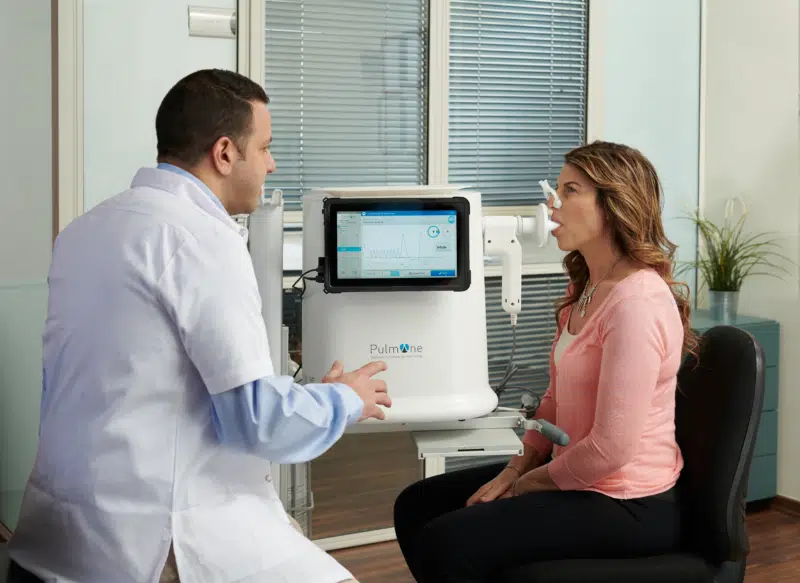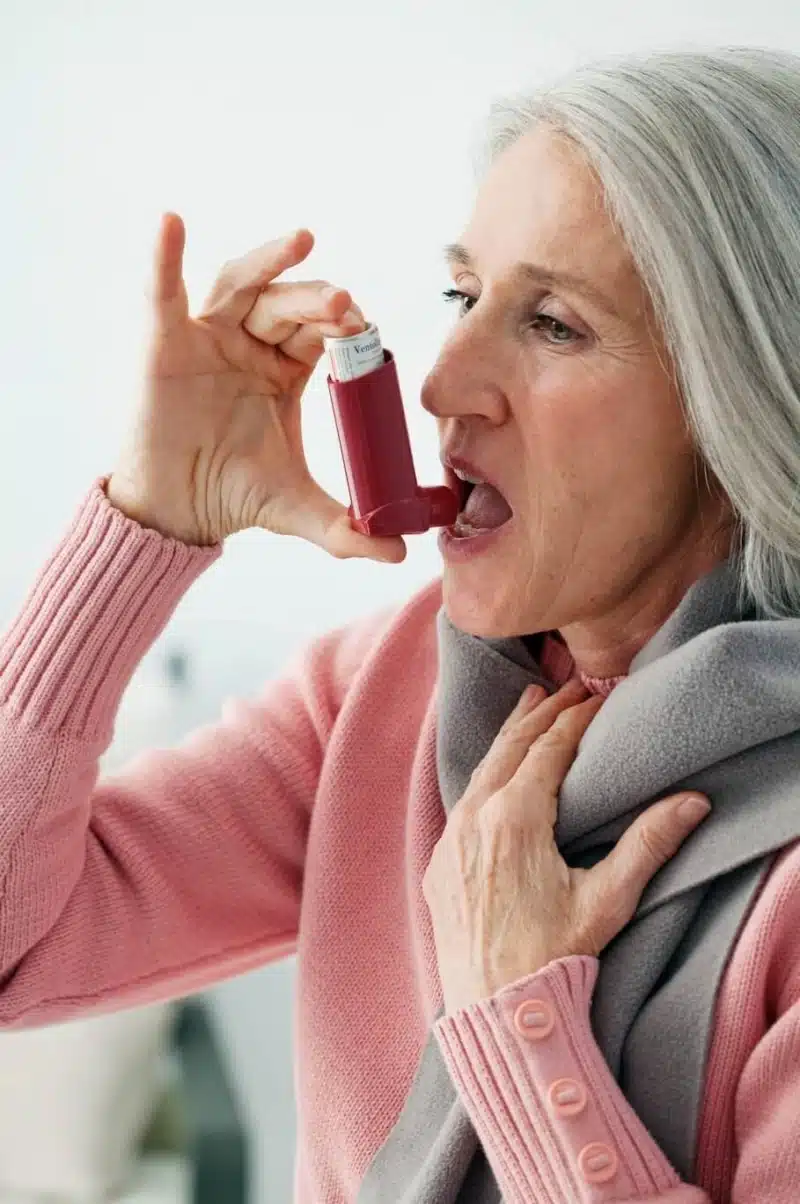
 go back
go back
Chronic Obstructive Pulmonary Disease
COPD, or Chronic Obstructive Pulmonary Disease, is a chronic inflammatory lung disorder. It is not a single disorder but a collection of lung diseases that obstruct the flow of air to the lungs and create breathing problems.
Make An AppointmentWhat is COPD?
COPD, or Chronic Obstructive Pulmonary Disease, is a chronic inflammatory lung disorder. It is not a single disorder but a collection of lung diseases that obstruct the flow of air to the lungs and create breathing problems.
Diseases associated with COPD can include but are not limited to chronic bronchitis, emphysema, and refractory asthma, a severe form of asthma. Emphysema and bronchitis occur most often together, but the severity of either condition can vary from patient to patient.
People living with COPD are at a higher risk of developing severe conditions, including heart disease and lung cancer.
01
Most Common Cause
The most common cause of COPD in developed countries such as the United States is smoking.
02
Other Causes
Diseases associated with COPD can include but are not limited to chronic bronchitis, emphysema, and refractory asthma, a severe form of asthma. Emphysema and bronchitis occur most often together, but the severity of either condition can vary from patient to patient.
03
Risks
People living with COPD are at a higher risk of developing severe conditions, including heart disease and lung cancer.
Common COPD Symptoms
- Swelling in ankles, feet, or legs
- Unexpected weight loss
- Depleted energy
- Recurring respiratory infections
- Wheezing when breathing
- Chest tightness
- A chronic cough that may produce clear, white, yellow or greenish sputum
- Shortness of breath, most commonly during physical exertion
*Note: Most patients do not experience severe symptoms until after significant damage to the lungs has already occurred. Those with COPD may experience acute episodes of increased symptoms known as ‘exacerbations.’
Additional risk factors for developing COPD include:
Exposure to cigarette smoke and secondhand smoke
Occupational exposure to fumes, dust and vapors
Exposure to air pollution

How is COPD Diagnosed?
Diagnosing COPD begins with your doctor taking a detailed medical history and conducting a physical exam. The medical history will include questions about any exposure the patient has had to airborne irritants, such as cigarette smoke or occupational toxins.
The diagnostic process may also include a number of tests, including:
- Pulmonary function tests that test how much air your lungs inhale or exhale
- Chest x-rays, which can spot emphysema
- CT scans of the lungs, which can identify emphysema or screen for lung cancer
- Arterial blood gas analysis, which assesses how efficiently lungs deliver oxygen to the blood or remove carbon dioxide from the blood
- Lab tests, which can rule out genetic disorders
Stages of COPD
There are several different ways of grading COPD. One of the most common is the GOLD system, which is done via spirometry testing. Spirometry testing divides COPD into four stages:
During a spirometry test, a patient is put into a group based on how much air comes out in the first second of a forced exhalation. The grade gets better the less air the patient blows out.
- Grade 1: Mild
- Grade 2: Moderate
- Grade 3: Severe
- Grade 4: Very Severe
Patients could also be classified into different letter grades according to the severity of the symptoms they are dealing with and the number of risk factors they have. The following is a breakdown of these letter grades:
- Group A: Low risk, fewer symptoms
- Group B: Low risk, more symptoms
- Group C: High risk, fewer symptoms
- Group D: High risk, more symptoms

How is COPD Treated?
People with COPD can choose from a number of treatments that can help reduce symptoms, handle flare-ups, and lower the risk of COPD complications. These include medicines, therapies you can do at home, and treatments for your lungs.
First and foremost, COPD patients who smoke should quit as soon as they can. Nicotine patches and other similar treatments can be given by a doctor to help with this. Some of the medicines that are used to treat COPD are:
- Antibiotics
- Oral Steroids
- Inhaled Steroids
- Bronchodilators
Lung therapies used to treat COPD include oxygen therapy administered when sleeping or during physical activity, as well as a pulmonary rehabilitation program that can include education, exercise, and nutritional counseling.
Patients may also use bilevel positive airway pressure (BiPAP) either at home or in the doctor’s office.
Frequently Asked Questions
Is There a Connection Between COPD and Lung Cancer?
Patients with COPD are at a high risk of developing lung cancer. Both conditions share many common causes, including tobacco smoking. While not every COPD patient develops lung cancer, receiving a COPD diagnosis does increase the risk of eventually developing lung cancer.
What’s the Outlook for People With COPD?
The outlook for those with COPD varies widely from patient to patient, and there is no one life expectancy for patients with the condition. In general, those with lower grade COPD have a longer life expectancy than those with higher grade COPD. Any patient with COPD should work in close consultation with their doctor to manage symptoms and improve quality of life. Adhering to all treatment protocols is the best way to optimize the outlook for those with COPD.
